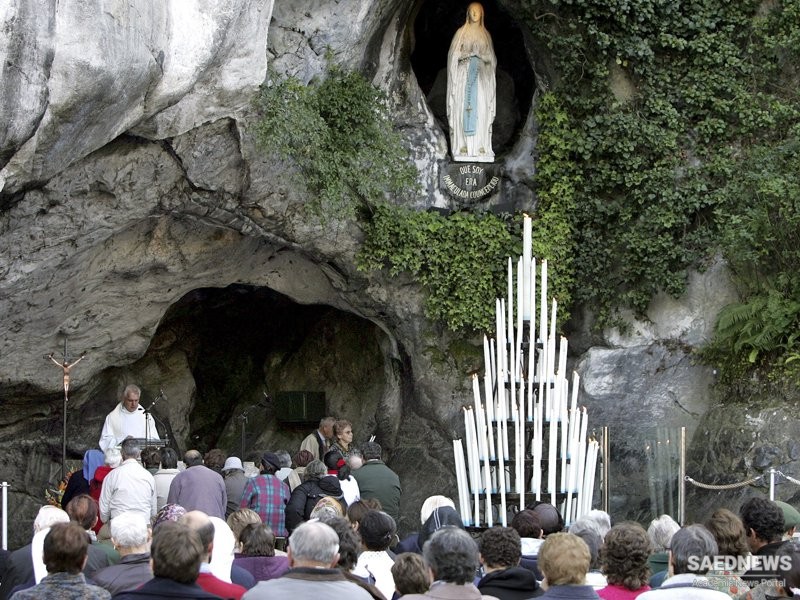The global resurgence of religious pilgrimage has occurred for many reasons, including the rise of modern spiritualism, the retreat of some religious faiths into traditional forms of medieval spirituality and religious ritual, the increasing investment in mass transportation infrastructure, the globalization of the local through the mass media, and the recent turn of the millennium. This indicates in part the increasing numbers of people who are searching for the answers to basic questions of human existence, including “What is the meaning of life?” or, more specifically, “What is the meaning of my life?”. This parallels some scholars’ view that a growing number of people experience feelings of dislocation and rootlessness, particularly those immersed in western, postmodern social life, who “search to be themselves, to be givers of sense”. According to Nuryanti, the twentieth century has been characterized by the heritage movement, where people actively search out their ancestral roots. In essence, this quest for an understanding of the past involves the asking of the question “Who am I?” in terms of “Who was I?” through searching for “new points of orientation . . . strengthen[ing] old boundaries and . . . creat[ing] new ones” (Source: Tourism, Religion and Spiritual Journeys, Routledge).


 Pilgrimage Tourism: a Search for the Truth and the Sacred
Pilgrimage Tourism: a Search for the Truth and the Sacred














































